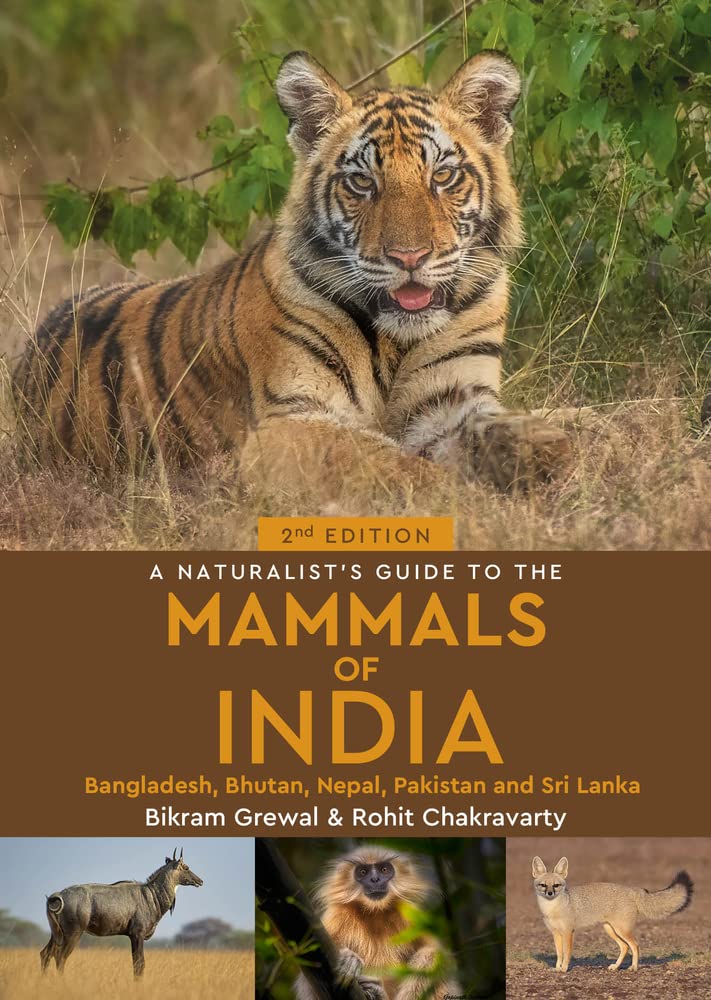Natuurgids a Naturalist's guide to the Mammals of India | John Beaufoy
This easy-to-use identification guide to the 280 mammal species most commonly seen in India is perfect for resident and visitor alike.
A Naturalist’s Guide to the Mammals of India is an easy-to-use identification guide to the 200 mammal species most commonly seen in India, Pakistan, Nepal, Bhutan, Bangladesh and Sri Lanka. Compact and fact-filled, it is perfect for resident and visitor alike. This new 2nd edition includes updated taxonomy and many new images. High quality photographs from India’s top nature photographers are accompanied by detailed species descriptions, which include nomenclature, size, distribution, habits and habitat. The user-friendly introduction covers the early study of mammals in India, types of habitat, and details of orders and families. Also included is an up-to-date checklist of all of the mammals of India encompassing, for each species, its common and scientific name, and its global IUCN status.
review: Over the years a number of field guides have been produced for the mammals of India. On previous trips I have used Vivek Menon's Field Guide to Indian Mammals. Once again faced with the practical issue of which book to carry on a short trip, I took this with me for the Uttar Pradesh Bird Fair. South Asia has just around 590 species of mammals. A book, even if using a pocket photographic guide format would be quite big if it covered all the species. However, many of the species of mammals are not seen by even serious mammal watchers. Many of the mammals in the Indian subcontinent are bats (order Chiroptera) rats and mice (the family Muridae). To see many of these species will require extensive nocturnal field work with permits to use traps. As a result, this guide which covers 200 of the most commonly seen species is adequate for most visitors. The guide covers a representative sample of the orders and families and includes many species of bats, rats and mice, shrews and cetaceans and hedgehogs. Although visitors on a short trip are unlikely to see many of these species it makes the book a useful first book for people resident in the subcontinent.
€ 19,95
Verzendkosten: € 2,95Nu bestellen bij De Zwerver

